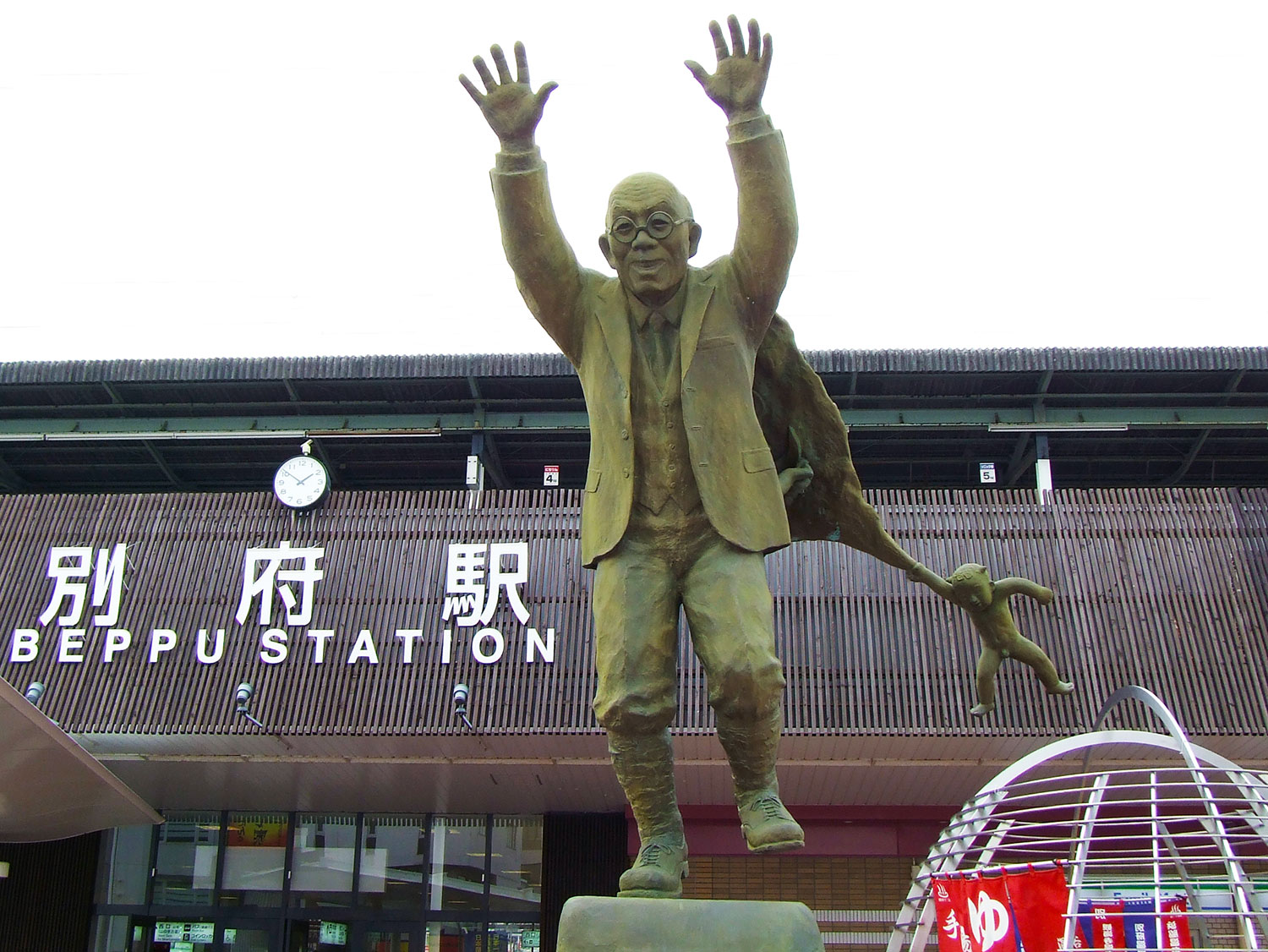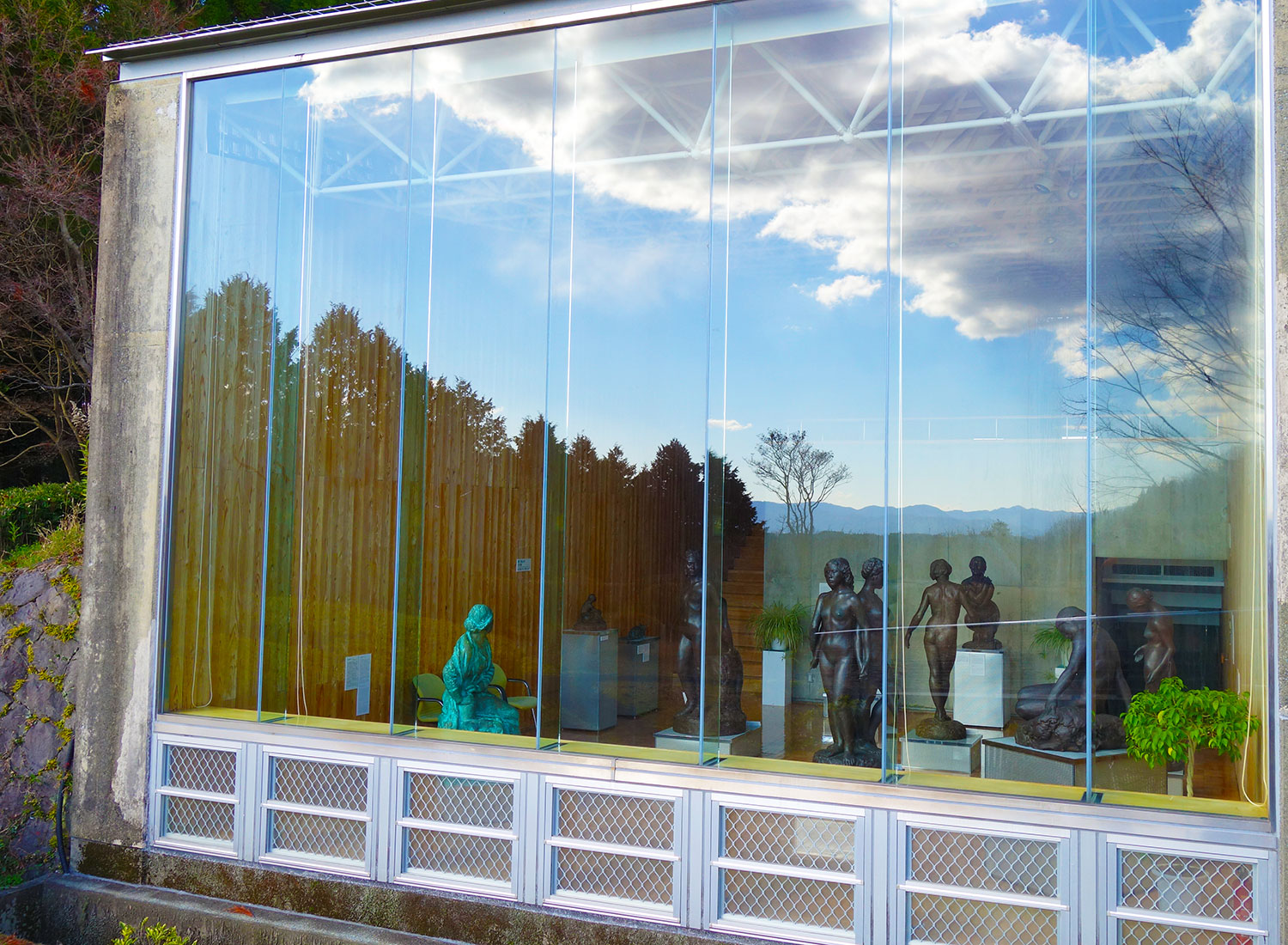
Kumahachi Aburaya
Dignified statues celebrating heroines and heroes, stateswomen and men, and local personages are…

A prolific artist, Asakura (1883-1964) is often referred to in Japan as Asia’s Rodin and considered the father of western-style sculpture in the country. He was especially well-known for his realism sculptures of nudes and cats, an animal he was particularly fond of; he kept up to 15 as pets at any one time.
Asakura, the fifth of eleven brothers and sisters, was born in Asaji in Bungo-Ono. In 1902, he was sent to Tokyo by his mother to be with his eldest brother, Osao Watanabe, who had already established his life in the city as a sculptor; an event that sparked Asakura’s interest in western sculpture. He was accepted to study at an art school that subsequently became the prestigious Tokyo University of the Arts and, after graduating in 1907, made his home and studio in the capital’s Yanaka neighbourhood. Soon after, his work was being lauded in the fine arts world and he was awarded a series of prizes. In 1919, he was appointed professor at his alma mater and, in 1934, finished a long drawn out remodeling of his Yanaka studio. Built to Asakura’s own designs, which included a school of sculpture as well as his residence and studio. Today, this intriguing building now serves as a popular museum to him and his work. In Bungo-Ono, the twin of his Yanaka museum is set in a peaceful park, where work of Japanese and Asian artists is on permanent display.